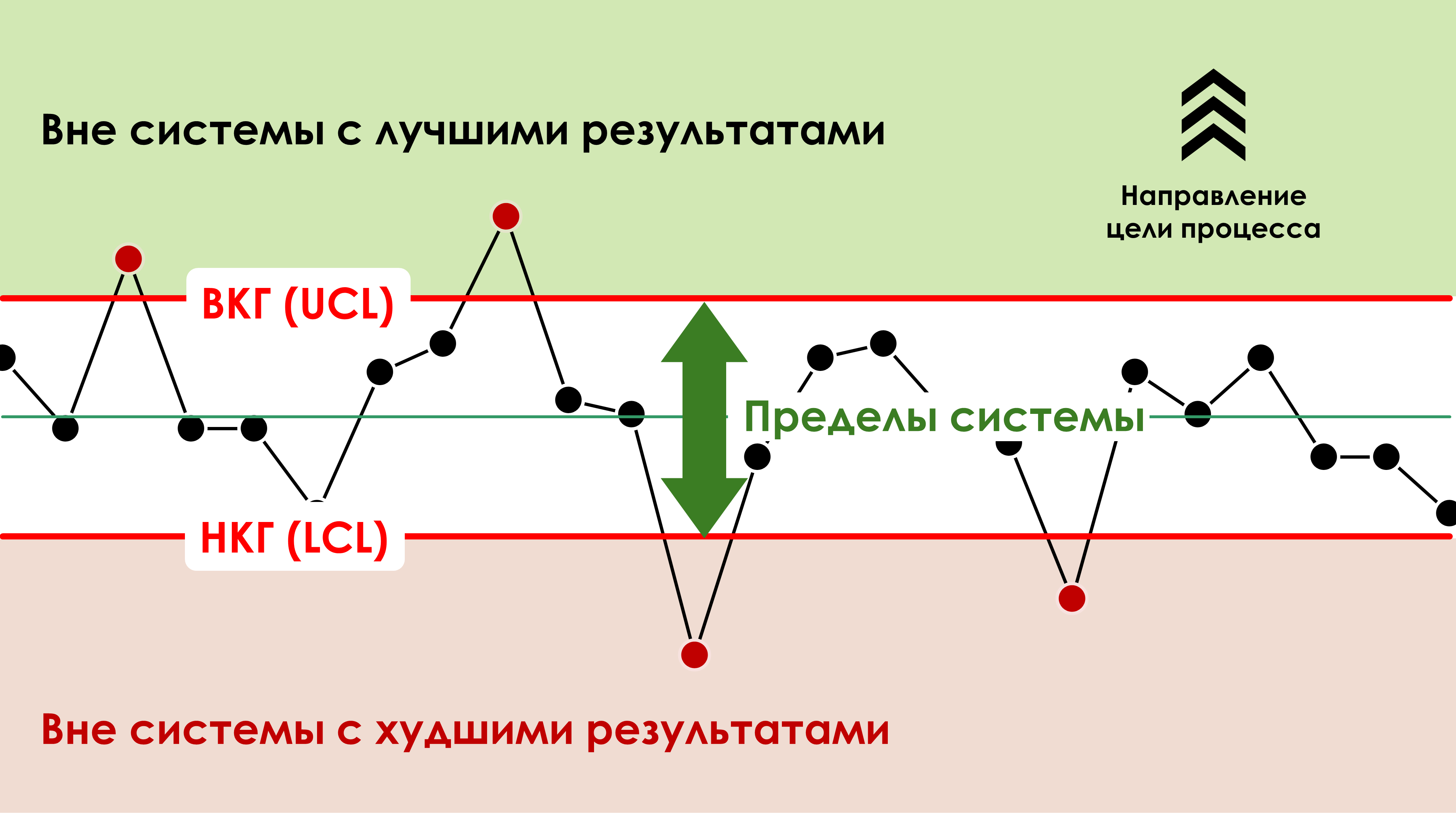Peter Scholtes: The "Management by Objectives" (MBO) method, KPI (Key Performance Indicators, KPIs) - what's wrong?
“Employees are forced by the current system to play unpleasant games: falsify, distort reports or pretend to be vigorous activity to achieve goals, instead of improving the system. All these charades force them to protect access to real information from strangers and create big or small lies, disinformation. Than The greater the pressure to achieve an unattainable result, the greater the likelihood of deception."
Source of cited materials: Source: Chapter from the book “Team Handbook” by Peter Scholtes. Peter R. Scholtes. The Leader's Handbook. Translation by Rubanik Yu. T. Preparation of material by Sergey P. Grigoryev
Free access to articles does not in any way diminish the value of the materials contained in them.
The leaders of American companies are, as a rule, hard nuts who have achieved a lot in life. After all, it was through their efforts that the country built the most powerful economy we know.
But, nevertheless, the edge of its competitiveness has now become blunted, trapped by outdated methods of managing organizations - managers cannot use the full potential of their employees. Thus, organizations cannot keep up with the evolving needs of their consumers and lose them.
Most American executives conduct their business, at least some of it, using a management approach sometimes called Management by Objectives (MBO). It is practiced by almost all leading American corporations and taught in almost all American business schools. And it is to this approach that America's success is credited.
“Management by objectives” has its own logic and consistency. As shown above, it emphasizes the chain of command and hierarchy of goals, standards, norms and accountability. Traditional organizational charts therefore demonstrate a chain of accountability where company goals are translated into work assignments and sales plans. The work of all employees is directed and evaluated according to these numerical indicators, which are the core and moving target of traditional management practices.
The limitations of "management by objectives" are rooted in numerical norms. "Management by Objectives" pays little, if any, attention to the processes and systems in the organization, or the potential capabilities of the organization as a whole. As a result, these norms, standards, and assignments turn out to be nothing more than arbitrary numbers.
As a result of this approach, workers, foremen, and managers find themselves participating in “games”—the need to look good outweighs concern for the long-term interests of the organization. Very often people lose perspective, the purpose of what they do in the workplace.
The use of numerical norms and tasks on the basis of which work is organized and evaluated raises many problems:
1. Myopic thinking
In a system governed by numerical norms and targets, the efforts of those who produce visible and measurable results are rewarded. What is currently visible and quantifiable will receive the highest priority, even if the very salvation of the company depends on activities that cannot be quantified but are important in terms of the prospects for achieving long-term goals.
Top management gives tasks to middle managers, and they assign corresponding tasks to their employees. Workers struggle to complete these tasks, forced to ignore the defects that arise and where and when they will appear. Everyone has to deal with problems that were caused by shortcomings in the work of other departments and services of the company. The cycle is completed. Workers are too busy executing plans to think about what they are sending to consumers.
In this climate of meeting today's numerical assignments and norms, a certain work culture, morality, and sense of what is important and what is not important is created. This approach destroys efforts to produce quality products and lowers employee morale.
2. Shifted focus
If the manager and employees understand the “real capabilities of the system,” then what new and useful can the new numerical norm give them? In fact, a numerical assignment cannot change the capabilities of the system; this can only be done by improving the system.
The capabilities (limits) of the system are determined by the boundaries calculated using the method of constructing Shewhart control charts - note by S. Grigoryev

Rice. The capabilities (limits) of the system are determined by the process control limits calculated using the Shewhart control chart methodology.
If managers and workers do not know the true, real capabilities of the system, numerical standards are nothing more than something made up from thin air, taken from the ceiling. An indicator taken out of thin air either overestimates or underestimates the true capabilities of the system. Either way, it does little to help employees, the organization, or consumers.
3. Internal conflict
The system of numerical norms and benchmarks causes internal conflict in organizations. The indicators that direct and guide the efforts of one department in the sense of immediate evaluation of its performance very often contradict the indicators established for other departments and services.
For example, when sales agents and sales departments are pressured to increase sales volumes, they begin to promise what production cannot deliver. Developers transfer a new product to production too quickly, too crudely.
Purchasing officials and the supply department purchase materials that have nowhere to be stored and that are not suitable for those involved in production.
Planning services and managers develop programs that staff do not have the means to implement.
These conflicts between departments and divisions lead to mutual accusations and an endless chain of explanations and justifications ("If it weren't for them, then we would..."). Each group strives to meet its targets, regardless of other groups. Coalitions, conspiracies, and wars flourish.
4. Games with numbers
Very often the established numerical standards cannot be met, because they exceed the real capabilities of the system. But since the position of people or departments may suffer if these tasks are not completed, they have to do everything to create the impression that the task has been completed.

Drawing. Games with numbers (Alex Animation).
Thus, they are forced by the current system to play unpleasant games: falsify, distort reports or feign frantic activity to achieve goals, instead of improving the system. All these charades force us to protect access to real information from strangers and create big or small lies and disinformation. The greater the pressure to achieve an unattainable result, the greater the likelihood of deception.
5. More fears
The worst drawback of "Management by Objectives" is fear - fear of what will happen if orders and tasks are not carried out to the letter (not getting a promotion, falling out of favor, losing a job). Fear is the main motivator in the Management by Objectives system. The more rigid and unrealistic the indicators, the greater the fear.
6. Deafness to the needs of consumers and the goals of the company as a system as a whole
"Management by objectives" forces a company to look more at its internal problems than at the external world in which the company's customers find themselves. The feeling of satisfaction from what you have done comes when you achieve planned targets, and not from the pleasure that you produce products that are needed and admired by its consumers.

Drawing. Deafness to the needs of consumers and the goals of the company as a system as a whole (Alex Animation).
All these problems overlap each other, distorting the real capabilities and appearance of the organization. People think they are doing a good job and doing the right thing, and they are, but only in terms of the organization's internal goals, which were created on the basis of "Management by Objectives." The result is a feeling of well-being, confidence in the future, similar to the feelings that the crew and passengers of the Titanic had, while this ship, the best in design, was approaching an iceberg in the fog.
What should you use instead of KPIs? Get to know open solutions :
Incorrect use of KPIs in the personnel motivation system.
Erroneous practice of rationing (timing) production processes.